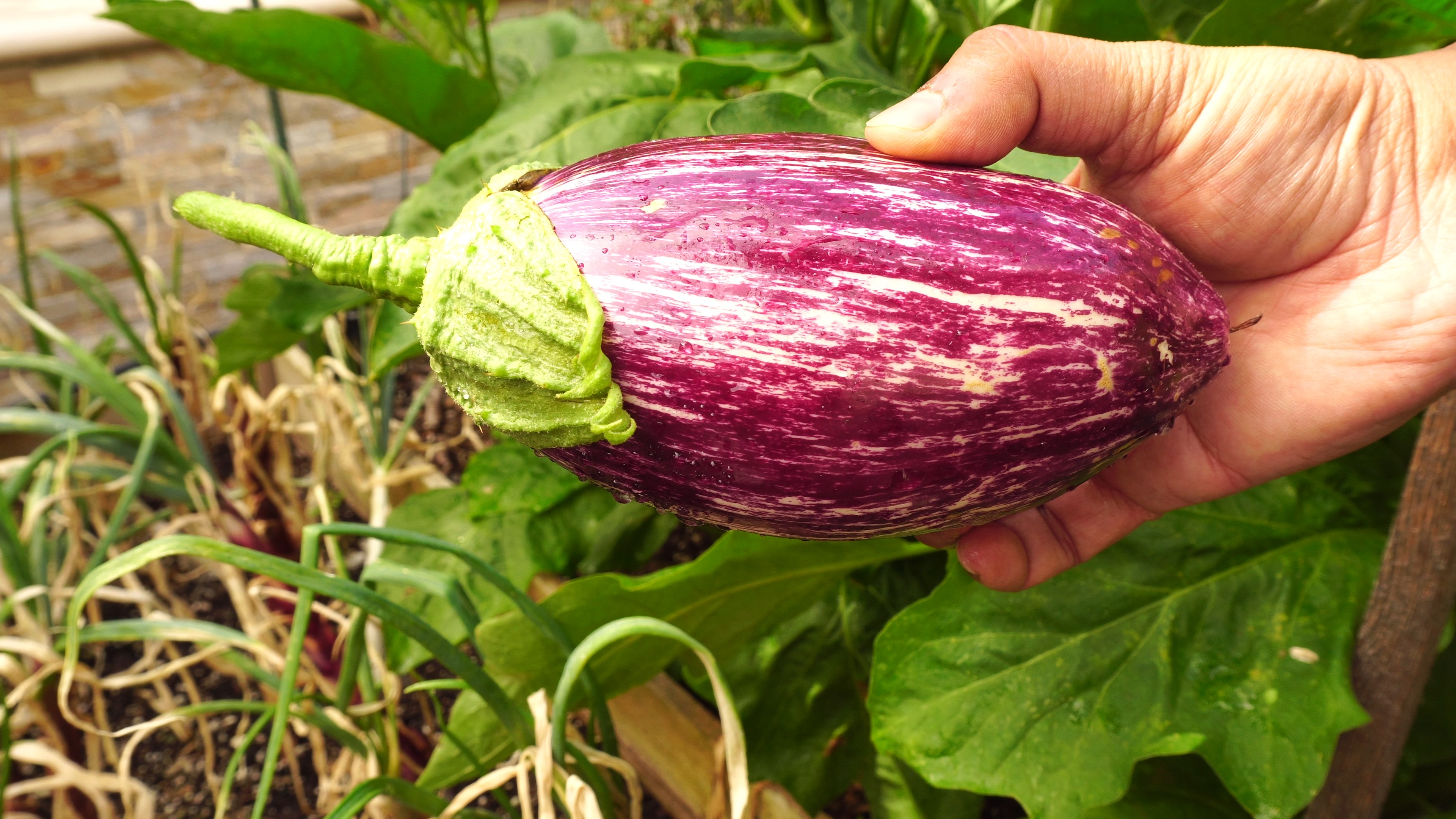

Use a mulch to prevent spores from splashing from the soil onto plants. Burpee Recommends: Provide sufficient space between plants for good air circulation, avoid overhead watering which can spread the fungus spores, keep a clean garden, remove and discard all diseased plant material and rotate crops. Spots on the foliage may appear in cool, moist weather and plants may become defoliated. Leaf Spots: These are caused by various pathogens. Check with your local Cooperative Extension Service for pest controls recommended for your area. If you water with overhead sprinklers, water early in the day so the foliage has time to dry off before evening, to minimize disease problems. It's best to water with a drip or trickle system that delivers water at low pressure at the soil level. Use a rain gauge to check to see if you need to add water. Plants need about 1-2 inches of rain per week during the growing season. Keep plants well-watered during the growing season, especially during dry spells.This is especially important for tomatoes as their roots may be easily damaged when weeding, and this can lead to blossom end rot. Mulches also help retain soil moisture and maintain even soil temperatures.Weeds compete with plants for water, space and nutrients, so control them by either cultivating often or use a mulch to prevent their seeds from germinating. Keep weeds under control during the growing season.Use a container at least 18-24 inches wide and deep and use a commercial potting mix rather than garden soil. Eggplants may also be planted in containers.This settles the plants in, drives out air pockets and results in good root-to-soil contact. Water thoroughly, so that a puddle forms in the saucer you have created.It is very difficult to tell which variety is which from the foliage. This is particularly important if you are trying different varieties. Fill the planting hole with soil to the top and press soil down firmly with your hand leaving a slight depression around the plant to hold water.Carefully remove the plant from its pot and gently loosen the root ball with your hands to encourage good root development.Dig a hole for each plant large enough to amply accommodate the root ball.Eggplants should be set 2-3 feet apart in a row with the rows spaced 3-4 feet apart.Level with a rake to remove clumps of grass and stones. Prepare the bed by turning the soil under to a depth of 8 inches.Make sure you did not grow tomatoes, peppers, eggplant or potatoes in the bed the previous year to avoid disease problems.
EGGPLANT TRANSPLANTS FULL
Select a location in full sun with good rich moist organic soil.This hardening off process toughens the plant’s cell structure and reduces transplant shock and scalding. If frost threatens at night, cover or bring containers indoors, then take them out again in the morning. Be sure to protect them from wind and hot sun at first. Accustom young plants to outdoor conditions by moving them to a sheltered place outside for a week. Before planting in the garden, seedling plants need to be “hardened off”.If you are growing in small cells, you may need to transplant the seedlings to 3 or 4 inch pots when seedlings have at least 3 pairs of leaves before transplanting to the garden so they have enough room to develop strong roots.Seedlings do not need much fertilizer, feed when they are 3-4 weeks old using a starter solution (half strength of a complete indoor houseplant food) according to manufacturer’s directions.Most plants require a dark period to grow, do not leave lights on for 24 hours. Incandescent bulbs will not work for this process because they will get too hot. Raise the lights as the plants grow taller. As soon as seedlings emerge, provide plenty of light on a sunny windowsill or grow seedlings 3-4 inches beneath fluorescent plant lights turned on 16 hours per day, off for 8 hours at night.Sow seeds ¼ inch deep in seed-starting formula.Sow eggplant seeds indoors 8 weeks before the last frost in spring using a seed starting kit.


 0 kommentar(er)
0 kommentar(er)
